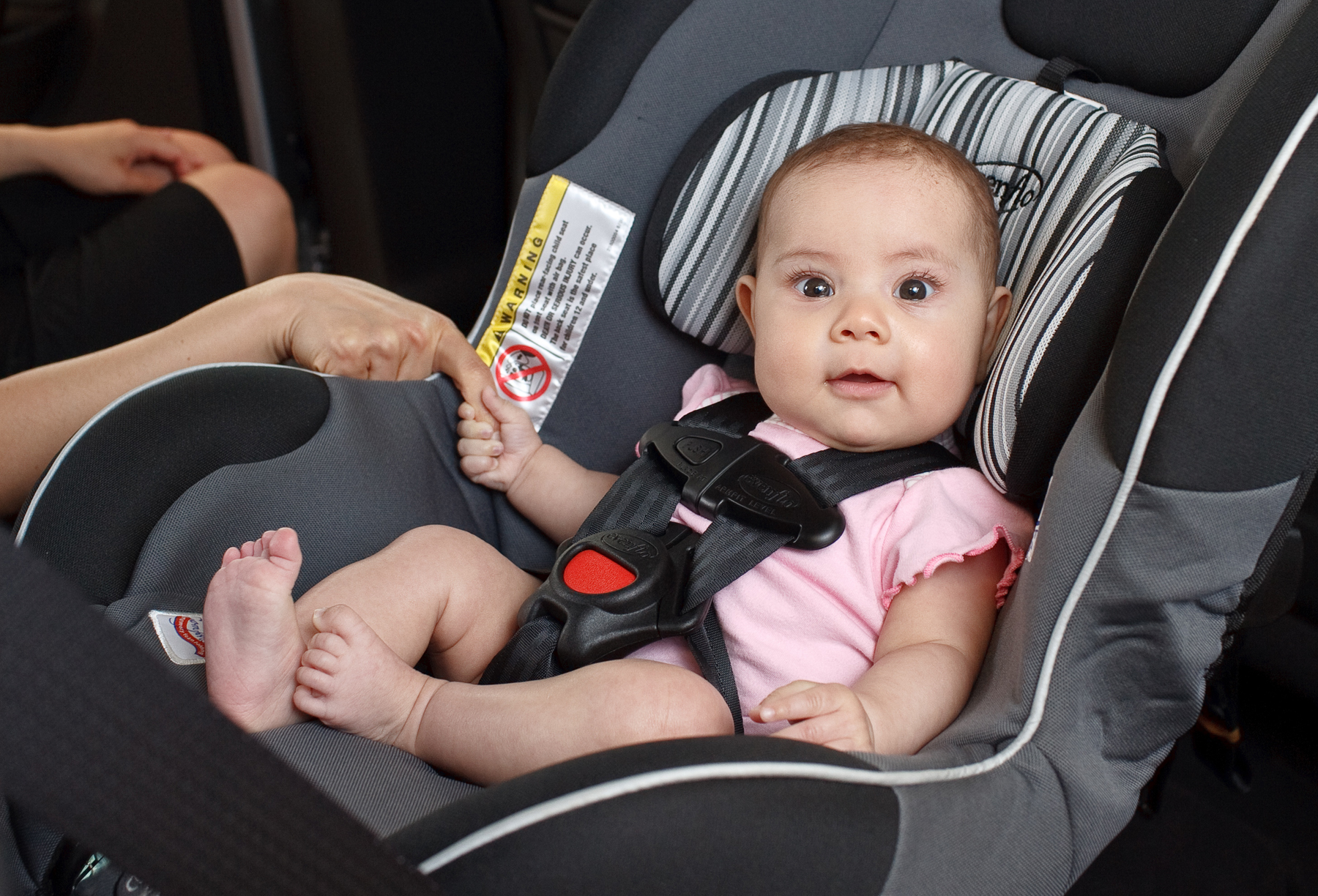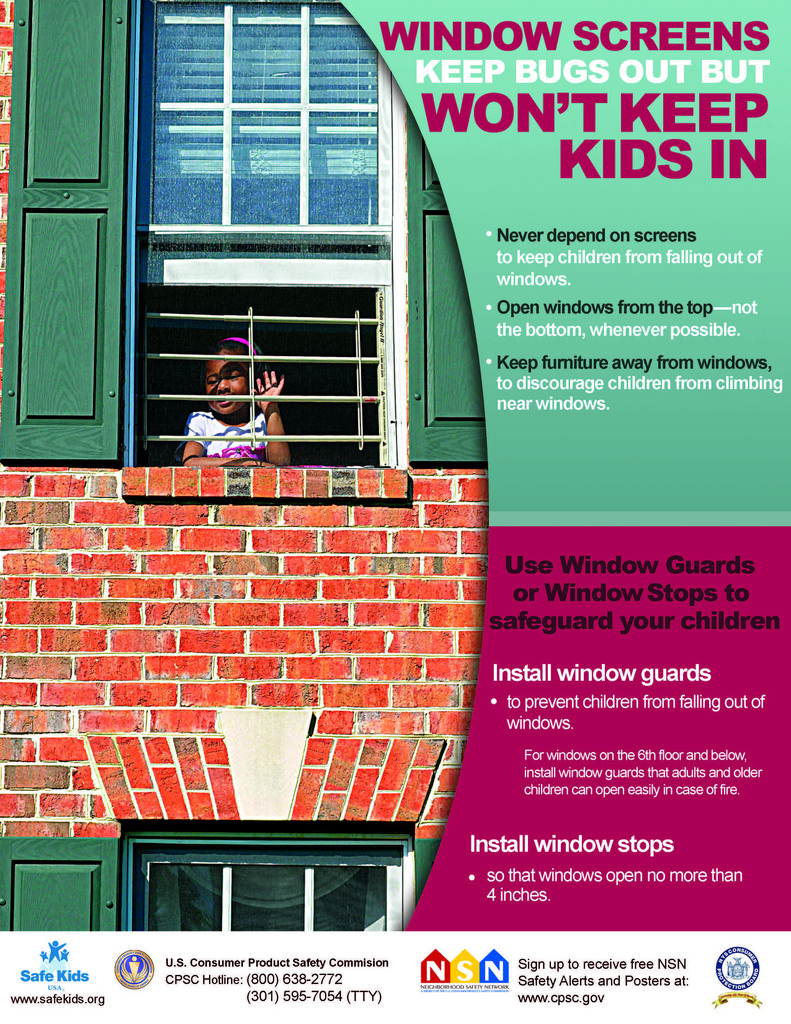Safe Kids Worldwide convened a Blue Ribbon Panel (BRP) of nationally recognized child safety advocates and transportation experts in 2018 to discuss the unique safety considerations of children in automated vehicles.
The Consortium on Protecting Children in Automated Vehicles was convened to ensure that child safety needs are actively reflected in new vehicle designs, regulations, laws, and educational messaging. They were encouraged by the expansion of advanced driver assistance technologies and automated drive features and their potential to prevent or mitigate car crashes caused by human error. Their priority was to ensure that stakeholders consider the safety needs of families as these technologies continue to evolve.
The Consortium released a report “The BRP Children in Automated Vehicles Recommendation Report” (October 2018) serves as a call to action for automated vehicle developers to evaluate and ensure their products are created with the protection of child passengers in mind. In their 2018 press release, the BRP asked the automated vehicle industry to:
- Support child-focused regulations,
- Test automated vehicles in ways that consider child passengers,
- Design vehicles that are family-friendly,
- Conduct research on the appropriate level of supervision in automated vehicles, and
- Ensure all marketing and advertising shows children riding in automated vehicles according to best practices.
The BRP also recommended convening a multi-year consortium to monitor research and progress, and to generate ongoing policy statements and advocacy guidance that reflect an evolving field. To continue the work of the BRP, the Children in Automated Vehicles Consortium was subsequently formed to monitor developments in the AV field and implement the BRP recommendations. The Consortium was organized into two broad working groups:
- Policy/Legislation and Enforcement Working Group
- Public Information and Education Working Group
For full details of the Blue Ribbon Panel’s work, the Consortium’s recommendations and to learn more on why this work is so important, please visit https://www.safekids.org/AVs.

